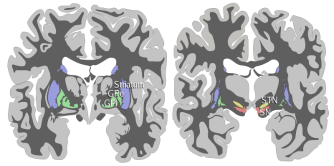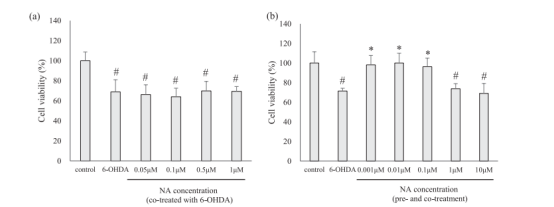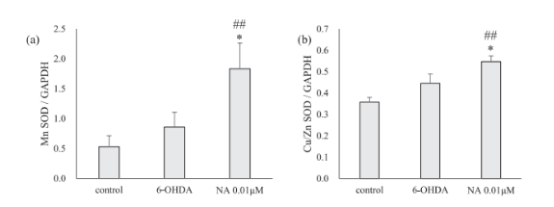News
New Application of Nervonic Acid
2024-06-13 14:28:33
Hits:0
The human brain utilizes about 20%of the oxygen supply in the body. Under physiological condition, 1–2% of consumed O2is converted to ROS, leading to oxidative stress. Compared with the proportion of these molecules in other organs, brain has higher proportion of lipids and polyunsaturated fatty acids which leads brain to be particularly susceptible to damage caused by ROS. Oxidative stress in the brain induces cell damage and death and has been implicated in the progression of large amounts of neurodegenerative diseases, including Alzheimer’s disease(AD),Parkinson’s disease(PD) and Amyotrophic Lateral Sclerosis(ALS).

CC:Andrew Gillies Sources:wikimedia
Taking Parkinson's disease as an example, Parkinson's is a common neurodegenerative disorder primarily affecting the motor nervous system. It is characterized by the death of cells in the substantia nigra of the midbrain, resulting in a deficiency of dopamine in related areas of the brain. A feature of the neurons in the substantia nigra is the age-dependent accumulation of neuromelanin; cells containing neuromelanin are most likely to be lost in Parkinson’s disease. Although the mechanism behind the degeneration of dopaminergic neurons in the brains of Parkinson's patients is complex and not yet fully understood, studies have found increased levels of oxidized lipids, proteins, DNA, and RNA in their brains -- the rise in these oxidative damage biomarkers attests to the association of Parkinson's disease and its progression with increased oxidative stress in the brain.

极低浓度神经酸预处理的细胞,细胞活力显著增加(图1.b)
Cell viability was significantly increased by pre-treatment with a very low concentration of NA. (Fig.1.b)

超氧化物歧化酶Mn SOD(图a)和 Cu/Zn SOD(图b)表达水平增加
The expression levels of superoxide dismutase enzyme Mn SOD (Fig.2.a) and Cu/ Zn SOD( Fig.2.b) were also significantly increased.

γ-谷氨酰半胱氨酸合成酶(GCLC)的表达水平增加 (图3.c)
the expression levels of GCLC was also significantly increased in Fig.3.c
The study utilized rat pheochromocytoma (PC-12) cells stimulated by 6-hydroxydopamine (6-OHDA) to induce oxidative stress, serving as a model for Parkinson's disease, to investigate the neuroprotective effects of nervonic acid. The experimenters pre-treated the PC-12 cells with different concentrations of nervonic acid for 48 hours, followed by a co-treatment with nervonic acid and 6-OHDA for another 48 hours to induce cellular oxidative stress. Cells pre-treated with a very low concentration of nervonic acid showed significant increases in cell viability; levels of malondialdehyde (MDA), a marker of lipid peroxidation, were significantly reduced in cells treated with nervonic acid; the expression levels of superoxide dismutases and γ-glutamylcysteine synthetase were significantly increased, indicating that pre-treatment with nervonic acid activated the cellular antioxidant defense system. The experimental results suggest that nervonic acid may act as a neuroprotective mediator in the brain.
Referneces:[1]Chen, Xueping et al. “Oxidative stress in neurodegenerative diseases.” Neural regeneration research vol. 7,5 (2012): 376-85. doi:10.3969/j.issn.1673-5374.2012.05.009.
[2] Umemoto, Hiroki et al. “Protective Effect of Nervonic Acid Against 6-Hydroxydopamine-Induced Oxidative Stress in PC-12 Cells.” Journal of oleo science vol. 70,1 (2021): 95-102. doi:10.5650/jos.ess20262
[3] Barnham, K., Masters, C. & Bush, A. Neurodegenerative diseases and oxidative stress. Nat Rev Drug Discov 3, 205–214 (2004). https://doi.org/10.1038/nrd1330
[4] Dauer W, Przedborski S. Parkinson's disease: mechanisms and models. Neuron. 2003;39:889–909.





